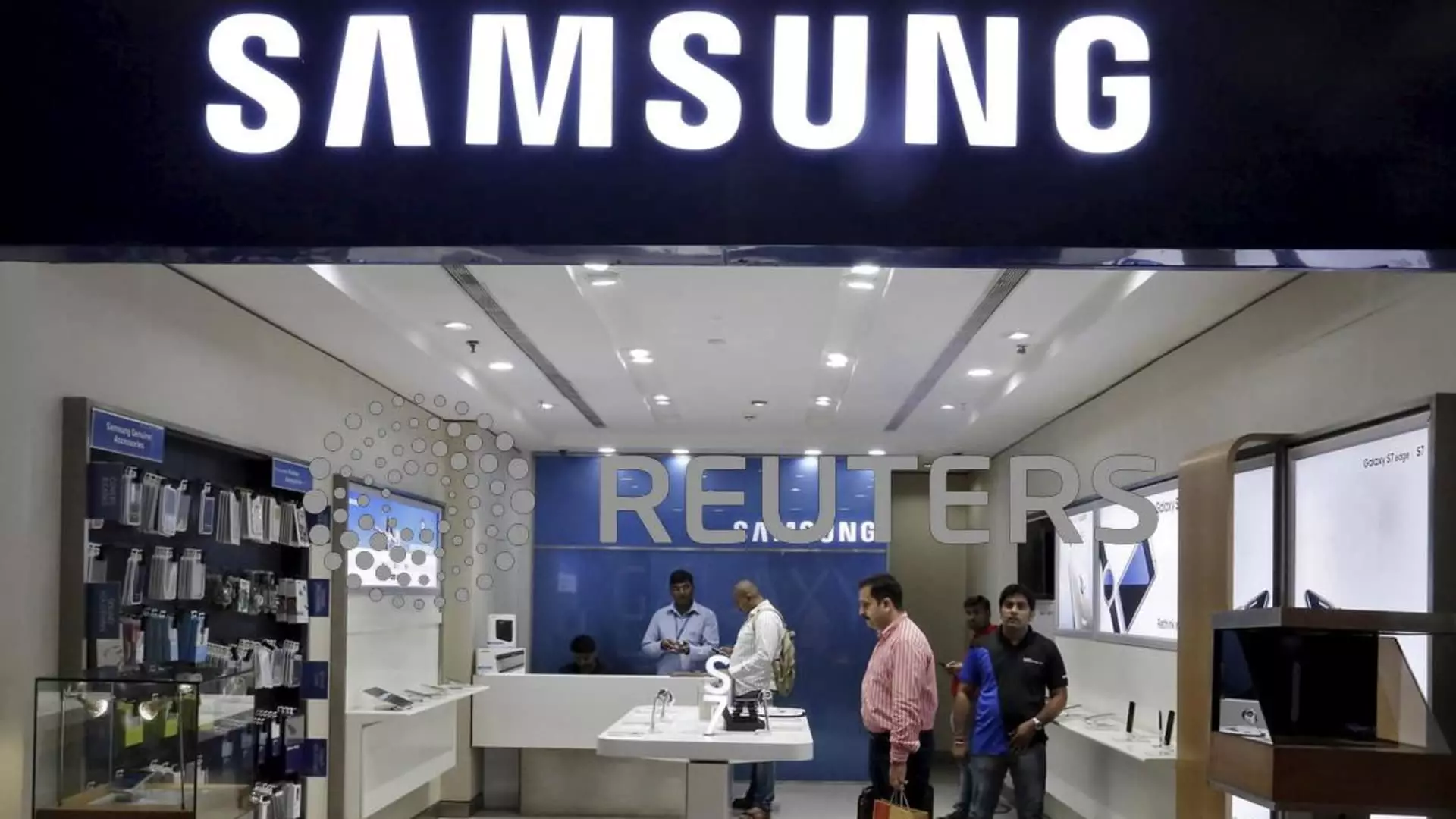Samsung Electronics recently shared its third-quarter financial results, revealing a mixed performance that raises serious considerations for the company’s future trajectory. While the tech giant’s overall sales and operating profits surpassed its own expectations, the results were tempered by a significant downturn in its semiconductor division. Specifically, the division’s operating profit plummeted by 40% from the previous quarter to 3.86 trillion won (approximately $2.8 billion), reflecting serious headwinds in a market that is increasingly complex.
The semiconductor unit’s struggles can largely be attributed to weak demand from the mobile sector, which Samsung attributes to inventory adjustments. Furthermore, the growing influx of legacy semiconductor products from China has exacerbated the situation, putting additional pressure on pricing and market dynamics. This aspect highlights a critical vulnerability within Samsung’s business model: a heavy reliance on the cyclical nature of demand in the semiconductor market. Although the memory chip unit experienced a boost due to the heightened demand for artificial intelligence (AI) applications and conventional server products, this was not sufficient to offset the decline in broader mobile demand.
Despite being the largest producer of memory chips globally and ranking as the second-largest player in the smartphone industry, Samsung is encountering a competitive landscape that is changing rapidly. The rise of artificial intelligence presents both opportunities and challenges. While there has been a notable increase in demand for more advanced semiconductor products driven by AI investments, Samsung has admitted that mobile and PC demand is lagging behind. This presents a paradox where cutting-edge technologies may lead to growth in specific sectors while simultaneously showcasing the weaknesses in others.
The company’s recent guidance provides a somewhat optimistic outlook, suggesting that server demand is expected to remain robust as tech companies continue their investment. However, the broader implications of such projections are concerning. Vice Chairman Jun Young-hyun, heading Samsung’s device solutions division, even offered a rare apology after the disappointing guidance release. Such a gesture reflects not only accountability but also the dire recognition of the challenges that lie ahead.
In essence, while Samsung anticipates continued growth driven by advanced chipsets and AI developments, it remains to be seen how effectively the company can navigate the impending recovery in mobile and PC markets. Concerns are also amplified by a notable drop of 24.71% in Samsung Electronics’ shares year-to-date on the South Korean stock exchange, signaling apprehension among investors regarding its future performance.
While Samsung Electronics has reported a performance above its own guidance for the third quarter, the challenges it faces—particularly in its semiconductor sector—cannot be overlooked. The interplay between market demand, technological advancements, and international competition will play a significant role in shaping Samsung’s strategy moving forward. As the landscape evolves, it is crucial for the tech giant to adapt swiftly and effectively to remain a leader in its field.

